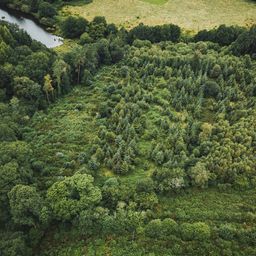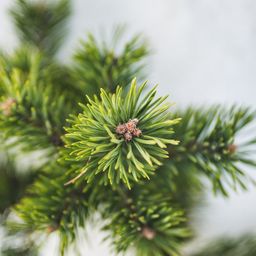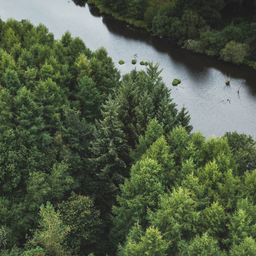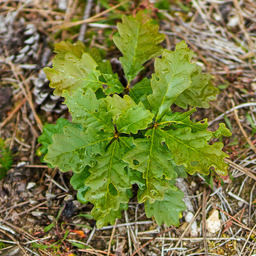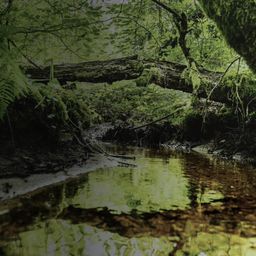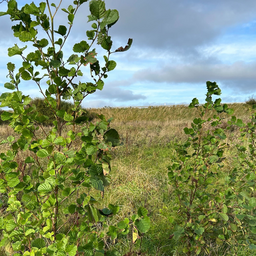
Swamp cypress: Characteristics, use & symbolism
Swamp cypress, also known as taxodium distichum or bald cypress, is known to thrive under many conditions, and has an intriguing symbolism.
Swamp cypress
Although swamp cypress' scientific name is Taxodium distichum, it does not belong to the classic cypress family, as one might think, but to the taxodiaceae family, which includes the redwoods and cryptomeria. Originating from the south-west of the United States, it is the tree emblem of this American state Lousiana. The tree was introduced to Europe in 1640 by John Tradescent, the gardener to Charles I, King of England. Swamp cypress easily sets down roots in damp, marshy, and flooded areas. It thrives in peat bogs and at the edges of marshes.
Why EcoTree plants swap cypress
At EcoTree, we plant swamp cypress due to the multiple ecological benefits that the tree brings to our forests. They have a very extensive root system which helps to slow down the erosion of flood-prone areas. As they require a lot of water, they also play a very important filtration role. Finally, swamp cypress is a perfect species to diversify our forests, and the quality and properties of its timber makes it ideal for various uses.
Swamp cypress - Overview
Swamp cypress - Overview
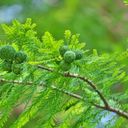
Swamp cypress - Species requirements
The swamp cypress thrives best in damp soil, such as along ponds or streams, but is able to thrive and grow in virtually any environments. It requires a lot of space because of its large and long branches and aerial roots. Swamp cypress is best planted in autumn, as it requires moist soil to develop its roots.
Timber from swamp cypress
The wood from swamp cypress has a quality comparable to that of Scots Pine, and is renowned for the oil it contains. Because insect pests and diseases do not affect this species, its wood is highly sought after. It is used for construction, furniture and parquetry, as the timber is very hard-wearing.
Symbolism of the swamp cypress
The swamp cypress symbolises resilience for the strength of its wood, ability to adapt to extremely humid environments and strong winds, as well as its ability to protect weaker trees surrounding it. This makes swamp cypress the ideal gift for resilient people in your life and those that always goes the extra mile for everyone.
Give an original gift, give a swamp cypress tree!
Our selection of trees
Our goal is to enable anyone to do something that benefits nature and helps us to live in a more harmonious world. So why not become a tree owner in a European forest and help combat climate change?
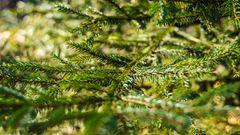

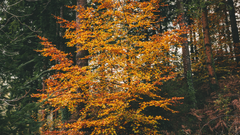

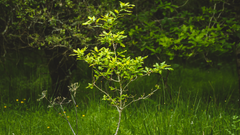

Please note that this is promotional communication. See our notice of information.
